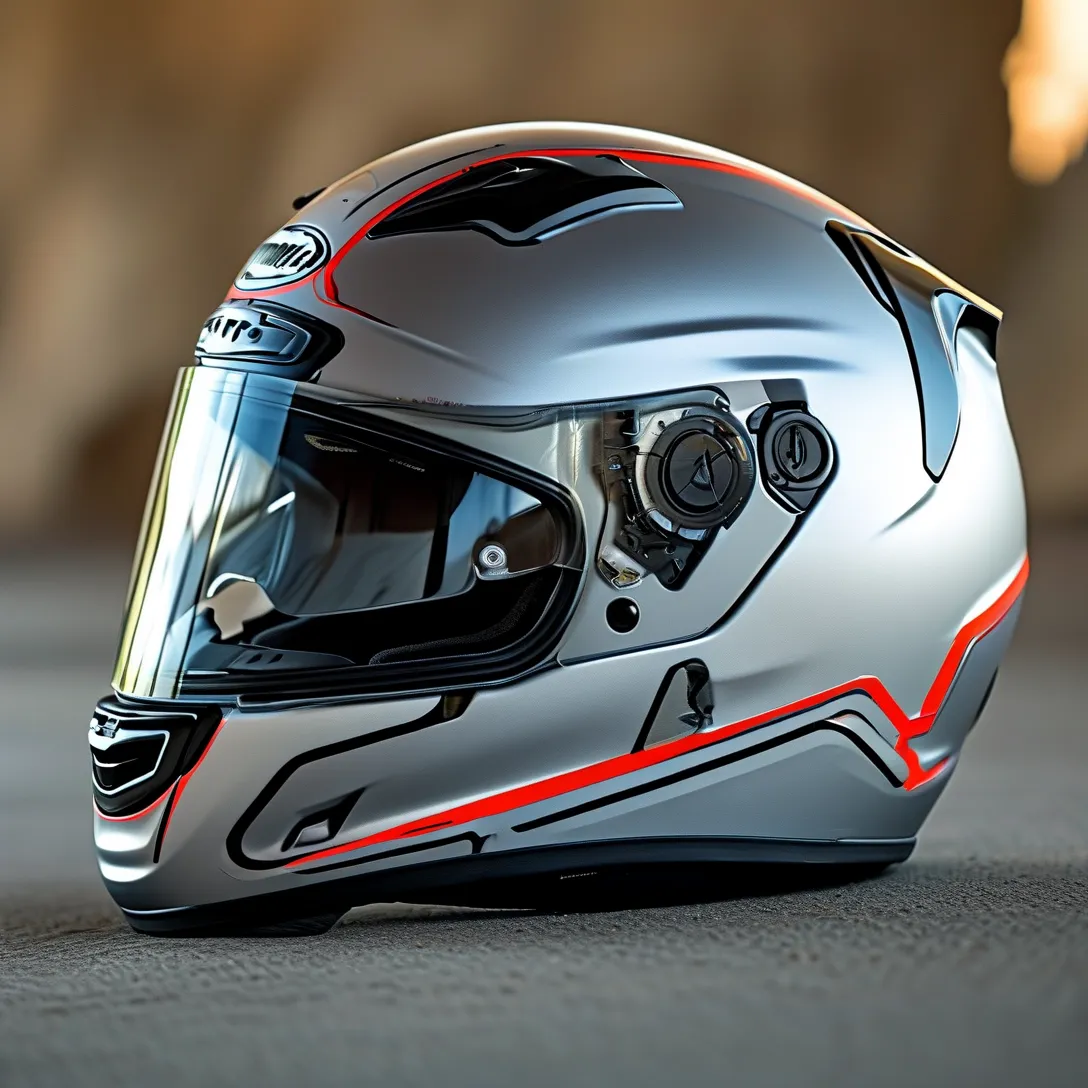Riding a motorcycle brings an unmatched sense of freedom, but safety should never be compromised for thrill. Selecting the right helmet—specifically a lightweight DOT-certified model—is critical for balancing protection and comfort. With countless options flooding the market, understanding what truly matters can save lives and enhance your riding experience.
Why DOT Certification Matters
The Department of Transportation (DOT) certification isn’t just a sticker—it’s a rigorous standard ensuring helmets meet minimum safety thresholds. DOT-approved helmets undergo impact absorption, penetration resistance, and retention system tests. According to the National Highway Traffic Safety Administration (NHTSA), helmets reduce the risk of head injury by 69% and fatalities by 37%. Prioritizing DOT certification guarantees your helmet has survived real-world simulations, from high-speed collisions to blunt force trauma.
Balancing Weight and Safety
Modern lightweight helmets use advanced materials like carbon fiber, fiberglass composites, or polycarbonate shells. For example, a carbon fiber helmet typically weighs 2.8–3.5 pounds, compared to traditional helmets at 4–5 pounds. However, lighter doesn’t always mean safer. Look for models that maintain structural integrity—brands like Shoei, Arai, and HJC excel in merging weight reduction with robust protection. Independent lab tests from organizations like the Snell Memorial Foundation provide additional validation for these claims.
Fit: The Overlooked Safety Factor
A poorly fitting helmet compromises safety, no matter its certifications. Measure your head circumference accurately and consult sizing charts specific to each brand. The ideal fit should feel snug without pressure points, with cheeks slightly compressed and no vertical movement when shaking your head. Full-face helmets with adjustable liners (like Bell Qualifier DLX) offer customizable comfort while ensuring impact protection.
Ventilation and Aerodynamics
Long rides demand airflow to prevent fatigue. Lightweight helmets often incorporate strategic vent placements—top vents channel cool air inward, while rear exhausts expel heat. For instance, the Scorpion EXO-R420 features an AirFit cheek pad system for personalized airflow control. Aerodynamic design also reduces neck strain at high speeds; rounded shells with integrated spoilers minimize wind lift.
Additional Safety Features to Prioritize
- Multi-Density EPS Liners: These absorb impact energy more effectively than single-density foam.
- MIPS Technology: Found in helmets like the LS2 Stream Evo, this system reduces rotational forces during angled impacts by 10–50%.
- Anti-Fog Visors: Pinlock inserts or photochromic shields (e.g., Bell Race Star Flex) enhance visibility in varying conditions.
Budget vs. Value: Making Smart Choices
While premium helmets like the Shoei RF-1400 ($500+) offer top-tier safety and comfort, budget-friendly options like the HJC i10 ($150) still meet DOT standards without sacrificing critical features. Check for warranty coverage—reputable brands often provide 3–5 years for defects—and read verified customer reviews to gauge long-term durability.
Avoiding Counterfeit Helmets
The Motorcycle Safety Foundation reports a rise in counterfeit helmets falsely displaying DOT stickers. Always purchase from authorized dealers or direct brand websites. Authentic DOT certification includes a permanent label with the manufacturer’s name, model, and “DOT” symbol embossed—not merely printed—on the rear.
Final Checklist Before Buying
- Verify DOT certification via the NHTSA database.
- Test fit with a balaclava or riding glasses to simulate real-world use.
- Compare weight-to-protection ratios using independent test data (e.g., Consumer Reports).
- Prioritize helmets with emergency release cheek pads for first responder access.
Investing in a lightweight DOT-certified helmet isn’t just compliance—it’s a commitment to enjoying every ride with confidence. By focusing on verified safety standards, ergonomic design, and trusted brands, riders can navigate the market wisely and find gear that truly protects without weighing them down.




Leave a Reply